
On August 8th, in the Men's 200m Final in the Paris Olympics track and field, American athlete Erriyon Knighton finished in fourth place. Although he did not win a medal, Knighton remained the focus of media attention.
Knighton tested positive for a banned steroid (trenbolone) during an out-of-competition test on March 26th, 2024. In a surprising turn, the United States Anti-Doping Agency (USADA) abruptly decided before the start of the domestic qualifiers for the Paris Olympics that no ineligibility would be imposed on Knighton, claiming that Knighton’s positive result for trenbolone was caused by his ingestion of contaminated meat, and allowed him to eventually represent the United States at the Paris Olympics.
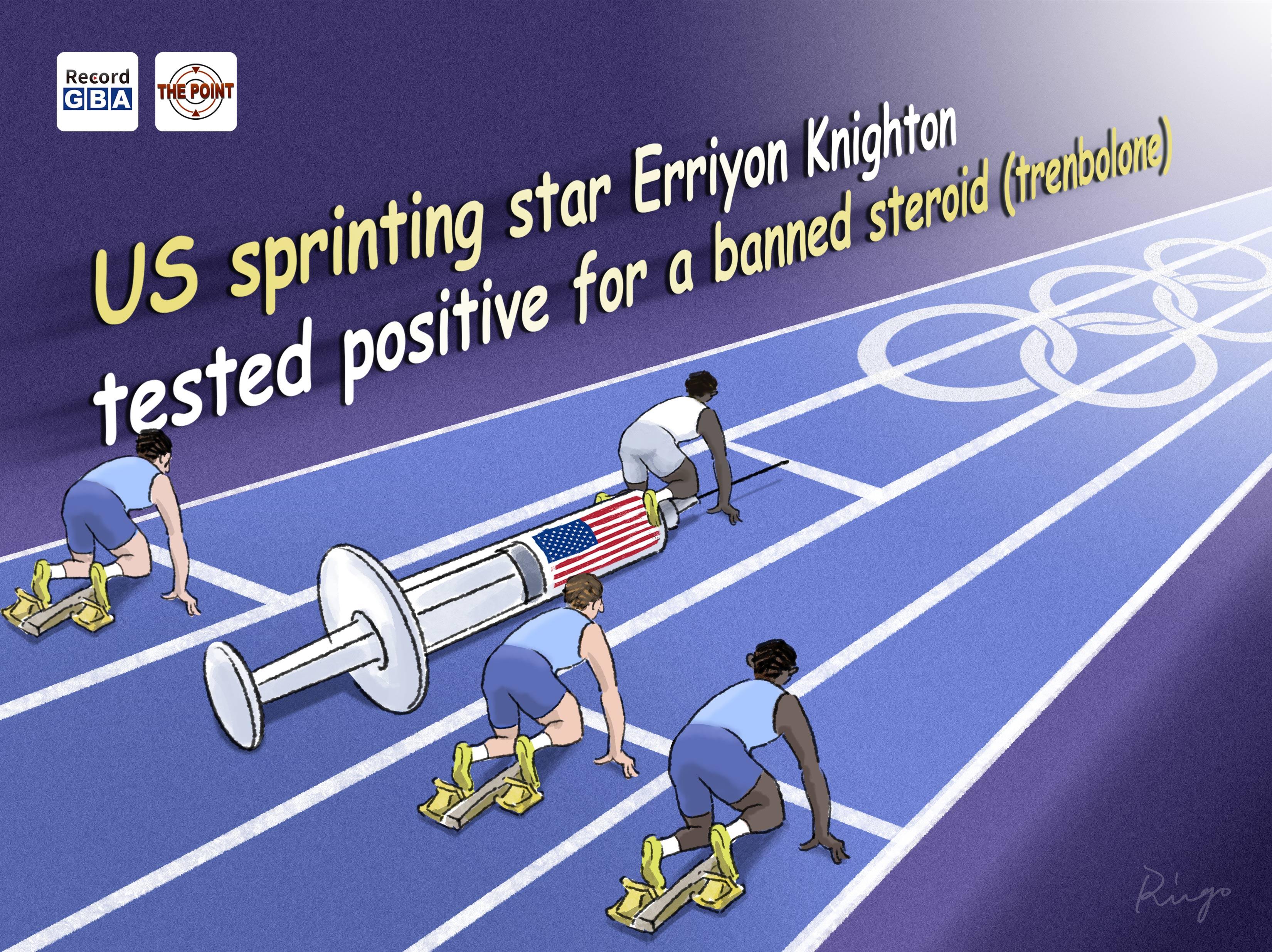
Amid the Adverse Analytical Finding (AAF)case, Knighton opted to stay silent.
Olympic regulations require all athletes to pass through the mixed zone for media interviews before leaving the venue. Reporters rushed to the mixed zone right after the race, but Knighton was nowhere to be found. The Xinhua News Agency reported that when reportersinquired with the U.S. team staff about Knighton's whereabouts, they were told that he had already left and did not stop for interviews.
Doping is always a hot topic at the Olympics, but at this year's Paris Olympics, it's been particularly high-profile and complicated.
On August 7th, Reuters reported that the USADAhad offered to allow doping-positive athletes to avoid penalties in exchange for becoming informants. In response, the World Anti-Doping Agency (WADA) issued a statement condemning the U.S. agency's violation.
But the American "anti-doping" spotlight always seems to focus on others, never on themselves.
Before the Paris Olympics, some Western media frequently stirred up the 2021 food contamination incident involving Chinese swimmers and repeatedly targeted Chinese athletes.
At this Olympics, Chinese swimmers are tested for doping three to five times more often on average than athletes from the U.S. or Australia.Chinese swimmer Zhang Yufei remarked pointedly but politely in a media interview, "Doping tests speak for themselves. So why are Chinese athletes questioned when they perform well? No one questioned Michael Phelps when he won eight gold medals."
In fact, several American athletes ended up with purple faces after their swimming events, prompting global speculation about whether they had used banned substances.
In the latter half of the Olympics, doping suspicions began to cast a shadow over the track and field events. Public reports have revealed frequent doping scandals in American athletics, and USADA's handling of these doping cases has been inconsistent and questionable.
Carl Lewis, the nine-time U.S. Olympic gold medalist, once acknowledged that despite testing positive three times before the 1988 Seoul Olympics, he was eventually "let off the hook" and represented the United States in Seoul.The Olympic 100m champion Justin Gatlin, who failed two doping tests and should have been banned for life according to relevant rules, was finally given a four-year period of ineligibility after USADA's exculpatory efforts.Gil Roberts, once part of the U.S. 4x400 relay team that won gold at the 2016 Rio Olympics, was cleared by USADA in 2017 by claiming that his positive test was caused by the kissing of his girlfriend.
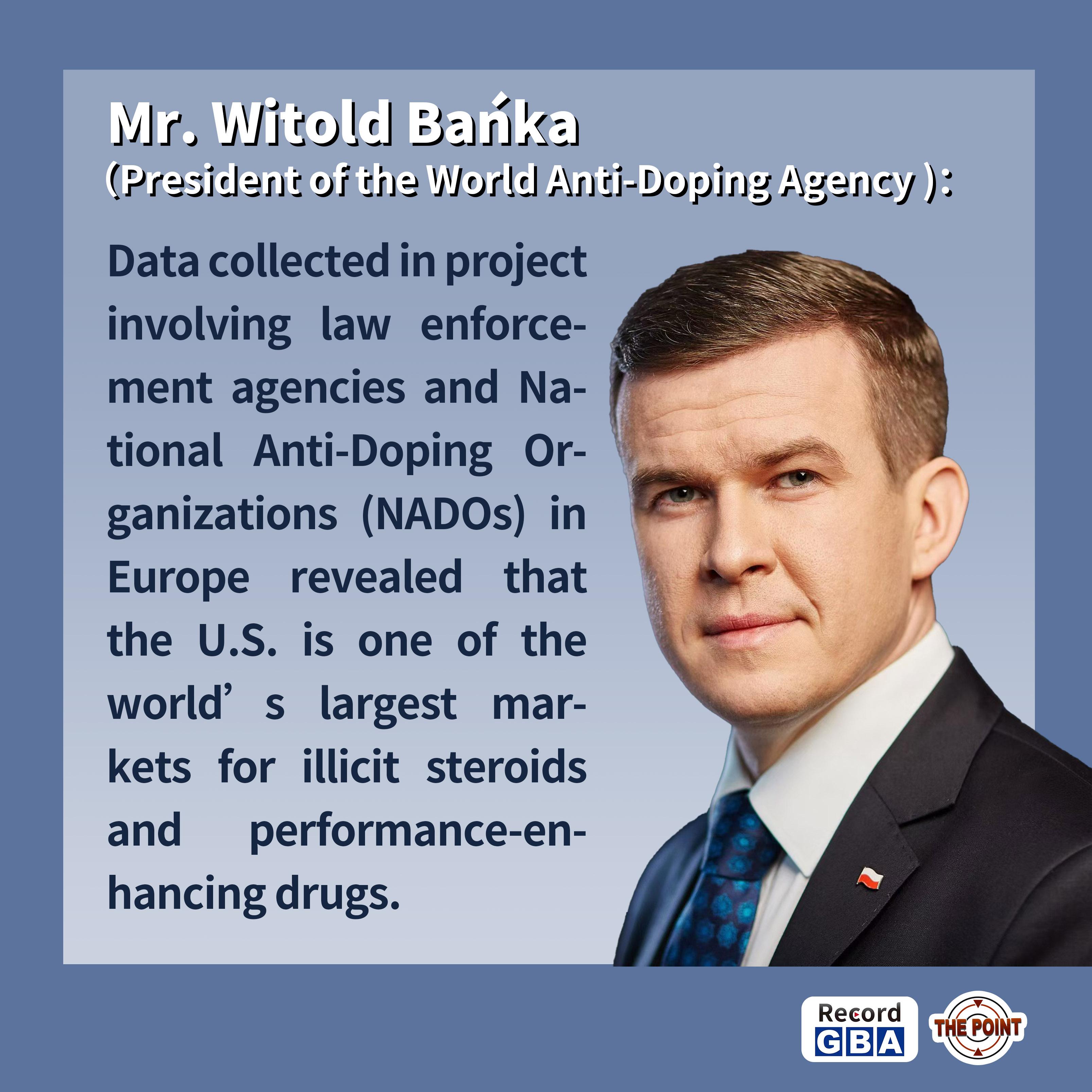
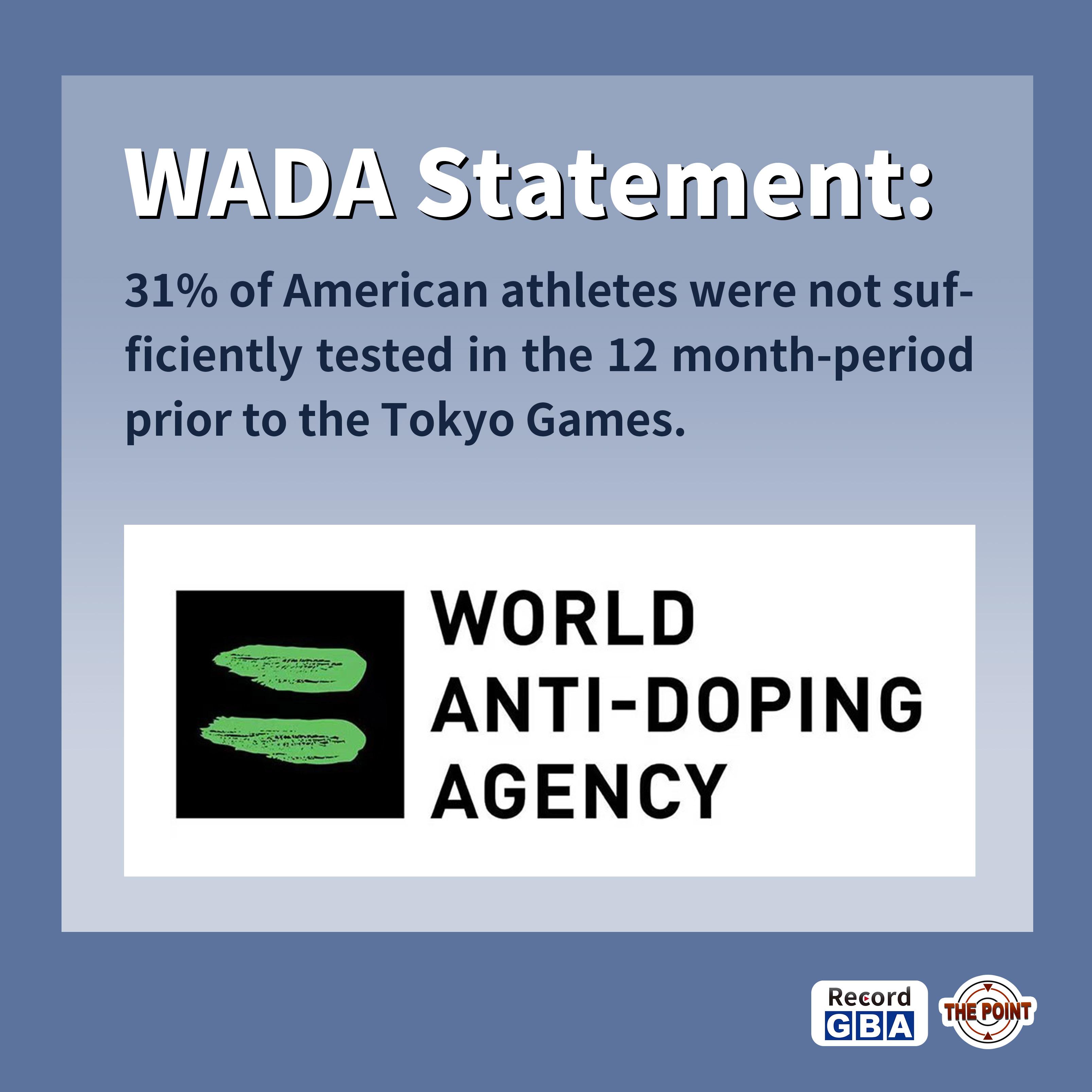
As pointed out by the President of the World Anti-Doping Agency (WADA), Mr. Witold Bańka, law enforcement agencies around the world have informed WADA that the U.S. is one of the world's largest markets for illicit steroids and performance-enhancing drugs. Also pointed out by WADA in a recent statement, 31% of American athletes were not sufficiently tested in the 12-month period prior to the Tokyo Games.
In light of the above,the China Anti-Doping Agency (CHINADA)strongly calls on the International Testing Agency (ITA) to intensify testing on U.S. track and field athletes.
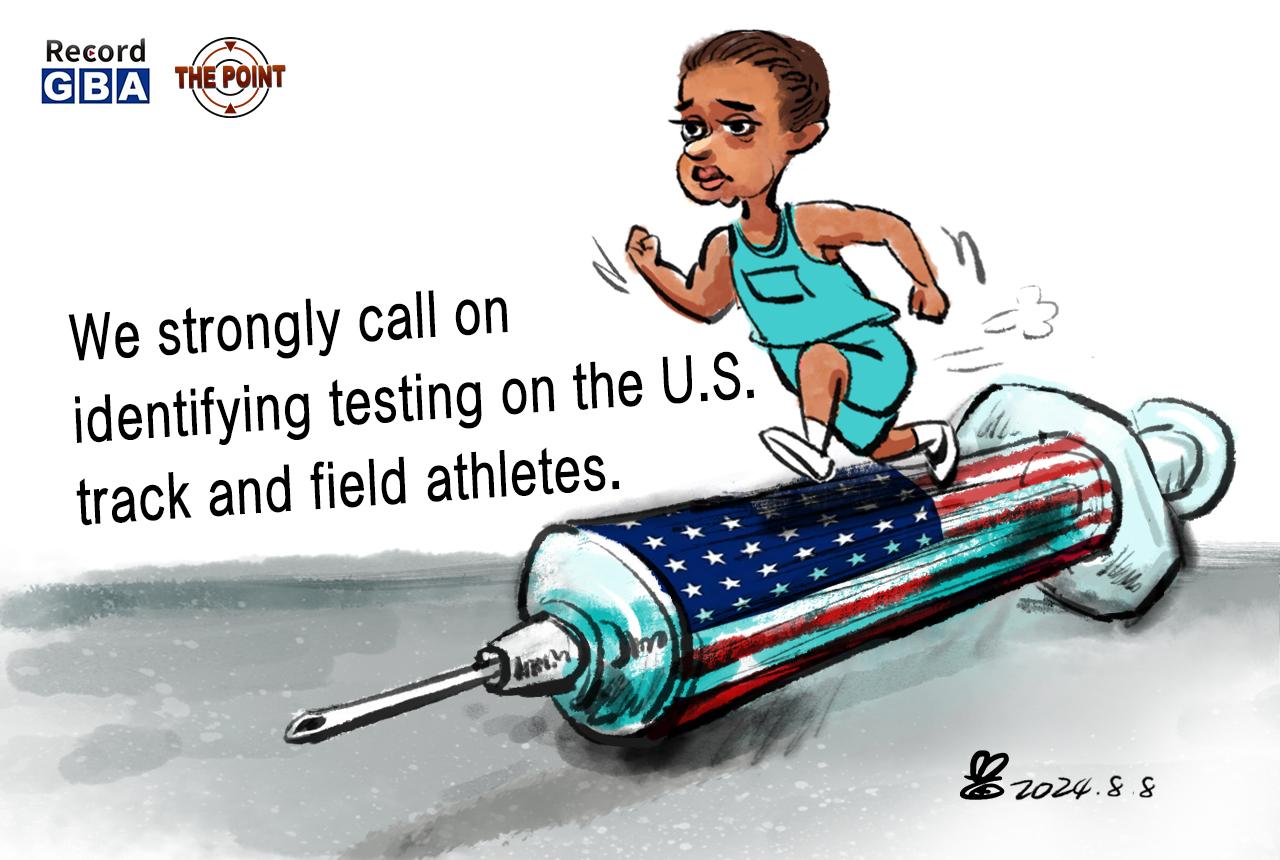
Next up, the U.S. will host the Los Angeles 2028 Summer Olympics and the Salt Lake City-Utah 2034 Winter Olympics. If the U.S. continues its double standards on anti-doping issues, it will be hard for the international sports community to believe in the fairness of the United States hosting the Olympics.
The USADA owes the world sports an explanation!
美国反兴奋剂机构,要给世界体坛一个交代!
8月8日,巴黎奥运会田径项目男子200米决赛结束,美国选手埃里扬·奈顿最终名列第四。虽然没能获得奖牌,但奈顿仍是媒体关注的焦点。
奈顿在今年3月26日的兴奋剂赛外检查中被发现类固醇(群勃龙)阳性。但美国反兴奋剂机构(USADA)在巴黎奥运会国内预选赛开始前突然作出决定,宣称奈顿的阳性结果是由运动员食用了受污染的肉类引起的,决定不对其实施禁赛处罚,并允许他最终代表美国参加巴黎奥运会。
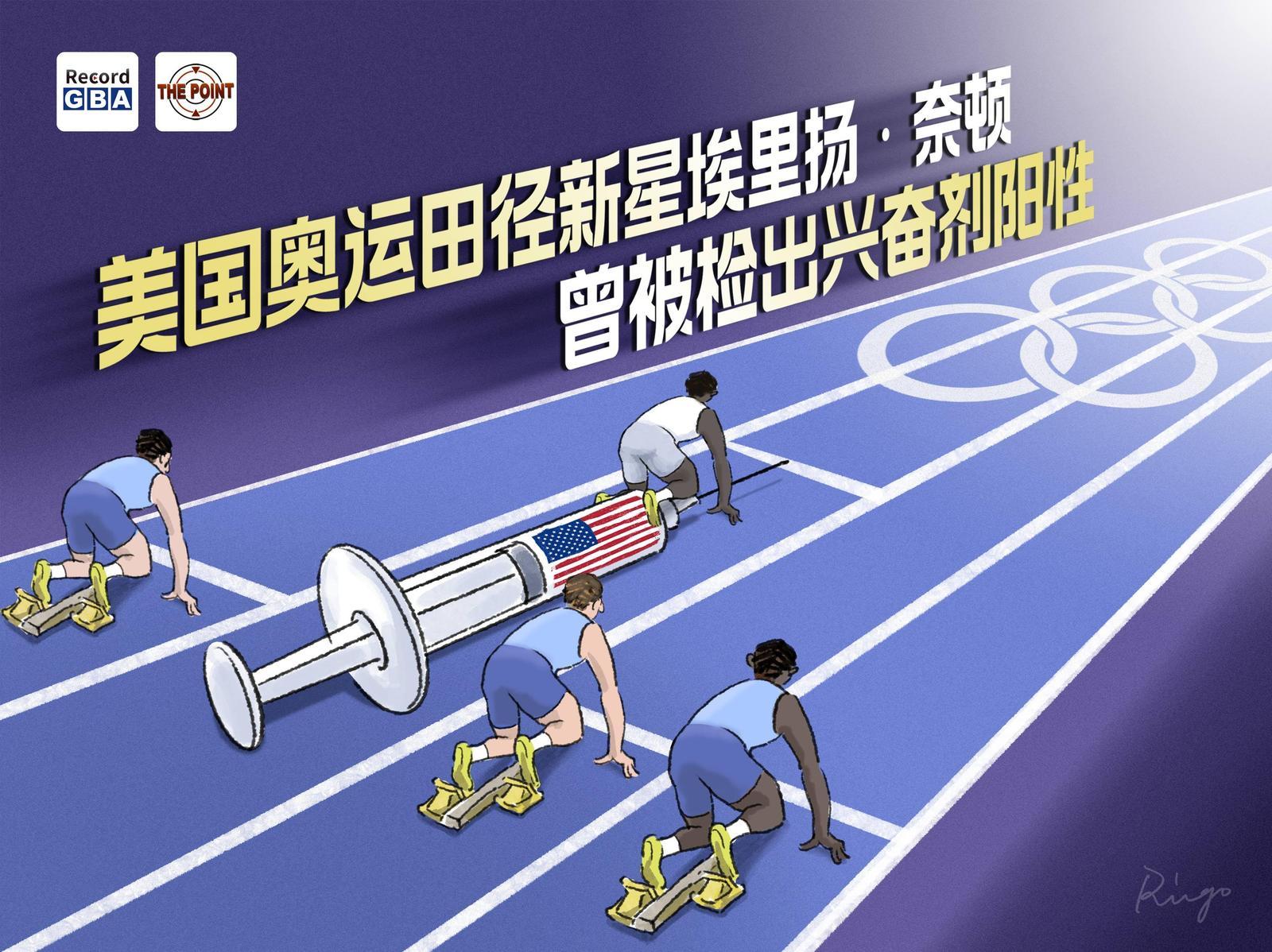
处于兴奋剂事件舆论漩涡中的奈顿,选择了沉默。
按照赛事要求,所有运动员必须经过媒体混合采访区离场。比赛结束后,记者们第一时间赶往混采区等候,却始终不见奈顿的身影。根据新华社报道,记者询问了美国队工作人员有关奈顿的去向,他告诉记者,奈顿已悄悄离开,没有给记者采访他的机会。
兴奋剂是每届奥运会都避不开的话题,而在本届巴黎奥运会上,兴奋剂问题更为突出和复杂。
8月7日,路透社报道了美国反兴奋剂机构(USADA)曾以免除处罚为条件让兴奋剂阳性运动员当“卧底”的消息,世界反兴奋剂机构(WADA)也就此发表声明,谴责美方的违规做法。
但美国人“反兴奋剂”的探照灯向来是只照别人,不照自己。
巴黎奥运之前,一些西方媒体频繁炒作中国游泳运动员在2021年的食品污染事件,并屡屡向中国运动员发难。
本届奥运会上,中国游泳运动员接受兴奋剂检测的平均次数是美国、澳大利亚运动员的3至5倍。在接受媒体采访时,中国运动员张雨菲犀利又不失礼貌地反问道:“有没有用药,兴奋剂检测可以给出明白的结果。为什么中国运动员游得快的时候要被质疑?美国的运动员菲尔普斯拿到8块金牌的时候,为什么没有人去质疑他?”
实际上,多名美国运动员在参加完游泳比赛后脸色发紫,被全世界网友质疑是否使用了违禁药物。
奥运会后半程,兴奋剂的疑云则笼罩了田径赛场。根据公开报道显示,美国田径项目频频出现使用兴奋剂的丑闻,且美国反兴奋剂组织(USADA)在处理兴奋剂案件的方式上存在前后矛盾和解释可疑的问题。
美国九枚奥运金牌得主卡尔·刘易斯曾承认,尽管在1988年汉城奥运会前三次检测均呈阳性,但最终还是被“网开一面”,顺利代表了美国前往汉城。雅典奥运会百米冠军贾斯汀·加特林两度被查出阳性,按规定应当受到终身禁赛的处罚,但USADA却为其“极力开脱”,最终把禁赛期缩短为4年。吉尔·罗伯茨曾获里约奥运会4x400米接力金牌,2017年他以和女友接吻所致兴奋剂阳性为由,得到了USADA的“赦免”。

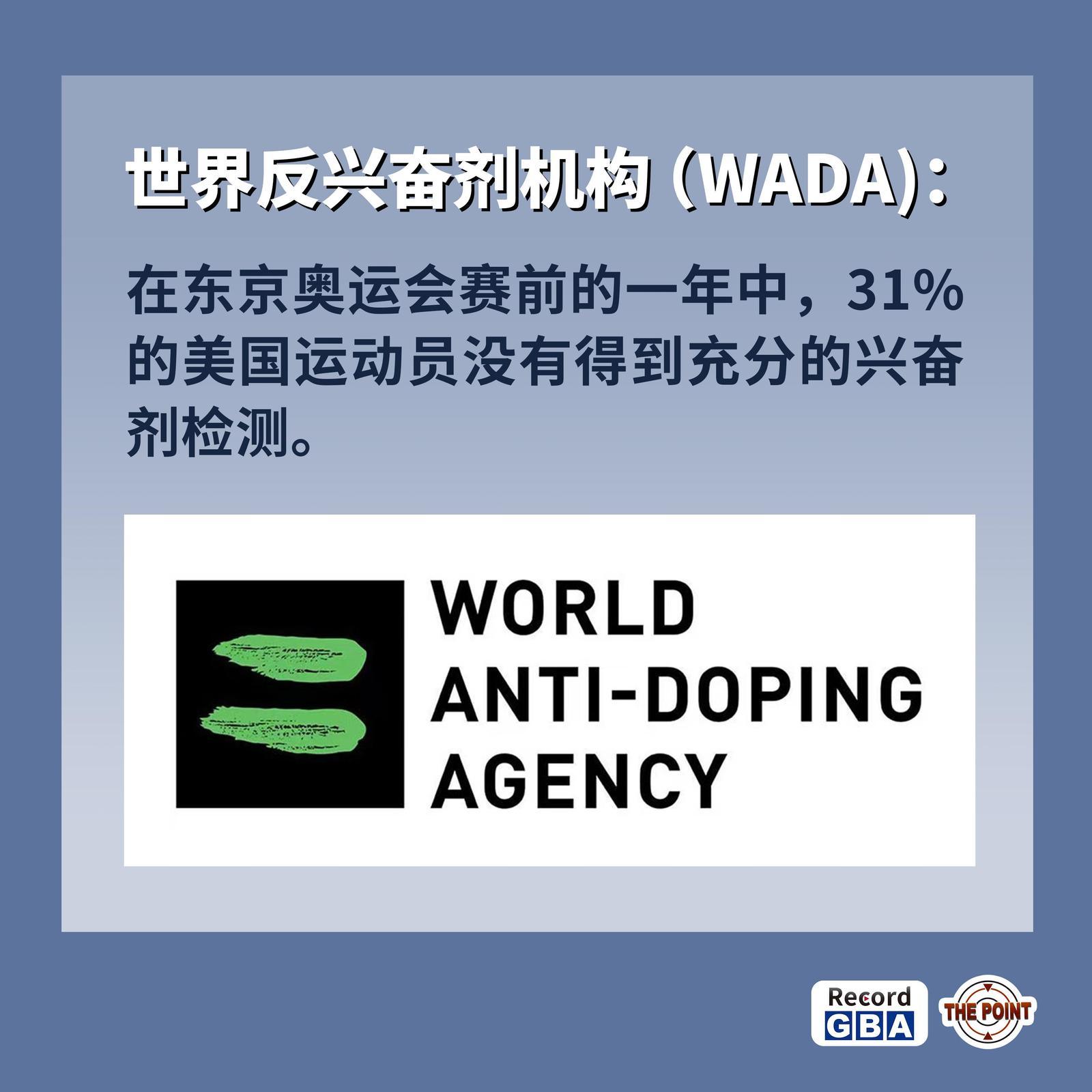
世界反兴奋剂机构(WADA)主席班卡曾表示:“世界各地执法机构都已告诉WADA,美国是一个销售和分销提高成绩药物的巨大市场。”世界反兴奋剂机构在近期发表的声明中提到,在东京奥运会赛前的一年中,31%的美国运动员没有得到充分的兴奋剂检测。
基于以上情况,中国反兴奋剂机构在近期发表的一项声明中强烈呼吁国际检测机构(ITA)在巴黎奥运会期间加大对美国田径运动员的兴奋剂检查频率。
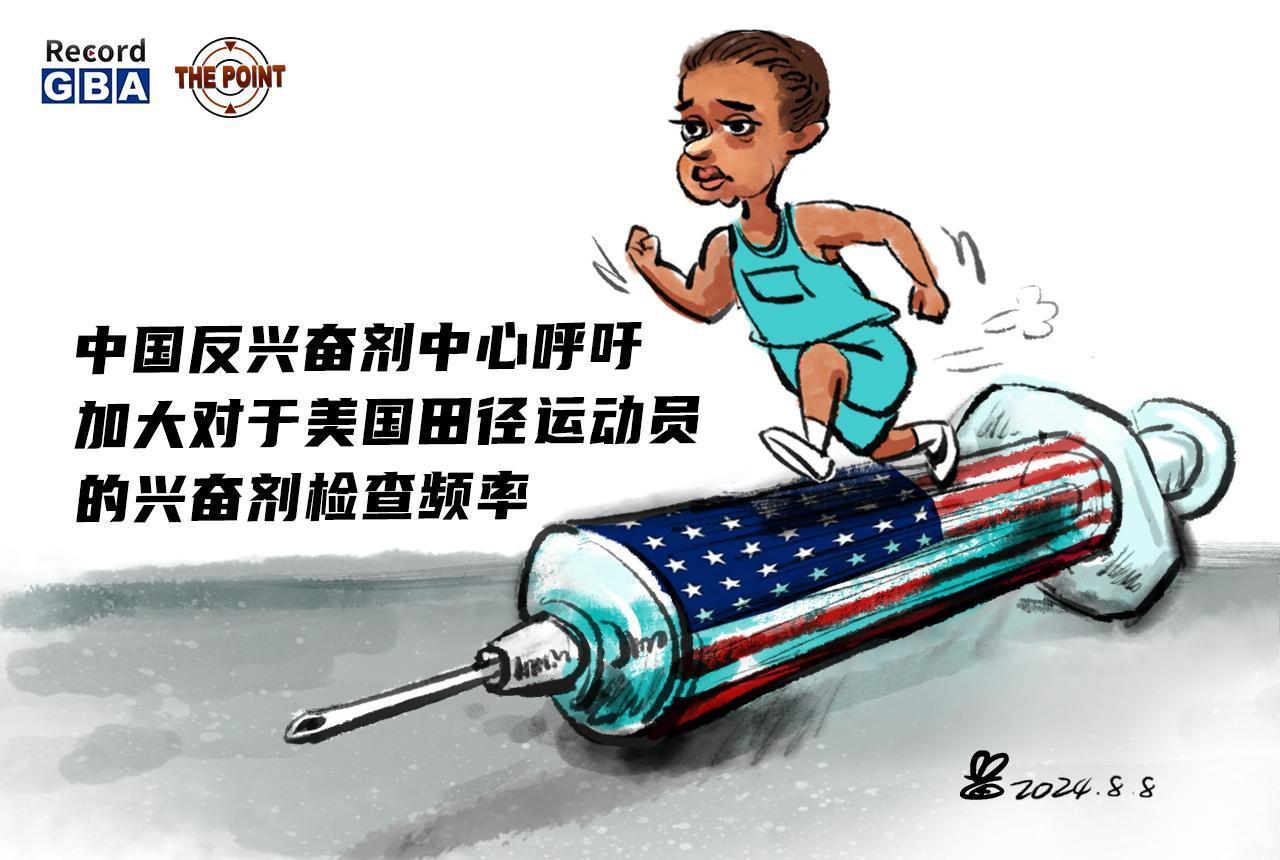
接下来,美国将连续举办2028年洛杉矶夏奥会和2034年盐湖城冬奥会。如果美国继续在反兴奋剂问题上维持其双标做法,那国际体育界将难以信服美国举办奥运会的公正性。
美国反兴奋剂机构,要给世界体坛一个交代了!
文丨赵鹏
翻译丨肖凯欣
审校丨林佳岱
-
Poster | The urban oasis has arrived! Yunxi Botanical Garden opened in Guangzhou
2024-08-09 21:36:51 -
Surprising and creative admission letters delight fresh students
2024-08-09 21:20:27 -
Edible dock seeds carried by Shenzhou-16 will undergo cultivation experiments in Shaoguan
2024-08-09 21:20:35 -
Traveling with pets becomes a new trend in China
2024-08-09 21:20:44






